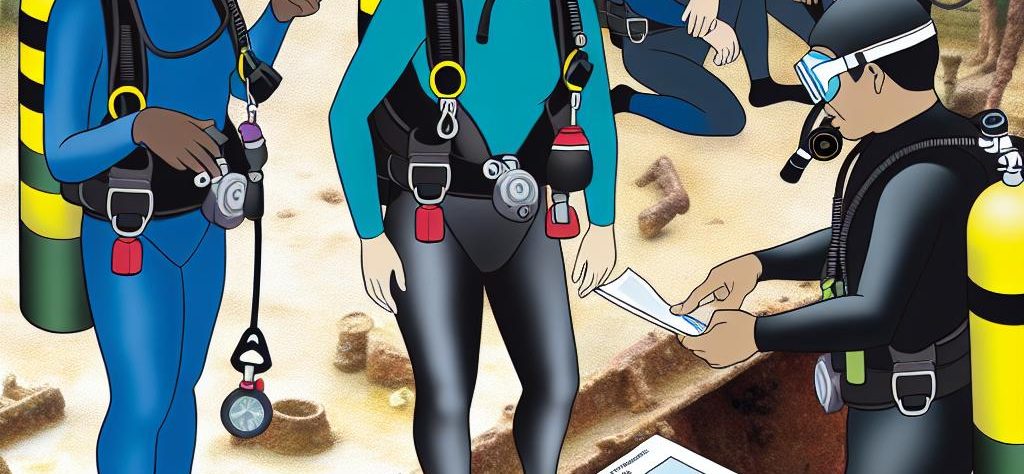Historical Context of Japanese Supply Ships Near Busuanga Island
During World War II, the strategic movement of supplies and military equipment proved decisive for military operations around the globe. Japan, as a dominant force in the Pacific theater, heavily relied on its deployment of supply ships to sustain its widespread military engagements. The maritime routes encircling the Philippines, especially in proximity to Busuanga Island, were pivotal corridors for Japanese supply endeavors.
The Sinking of Supply Ships
The waters near Busuanga Island witnessed the sinking of several Japanese supply ships. This was predominantly the result of concerted allied efforts to disrupt Japan’s extensive supply lines across the Pacific. The U.S. Navy spearheaded these strategic offensives, utilizing a range of tactics such as aerial bombings and submarine warfare to target and incapacitate these critical naval assets.
Notable Incidents
A particularly well-documented event transpired in September 1944, known as the sinking of multiple Japanese supply ships in Coron Bay near Busuanga Island. In this operation, meticulously coordinated by U.S. Navy aircraft, a significant number of vessels were decimated. This assault not only led to the destruction of naval assets but also inflicted a significant setback on Japanese logistical operations within the region. The consequences of this military engagement underscore the value placed on controlling maritime routes during the war.
Impact on Japanese Operations
The repercussions of losing these supply ships were dire for Japanese military operations. The interruption of supply chains resulted in acute shortages of pivotal resources, including food, ammunition, and other essential military provisions. This deficiency significantly compromised Japan’s capacity to fortify its defensive lines and execute offensive maneuvers across the region. Consequently, Japan’s overall strategic posture in the Pacific was adversely affected, highlighting the interconnectedness of military logistics and success in theater operations.
Wreck Diving and Modern Exploration
In contemporary times, the submerged remnants of these ships near Busuanga Island have captivated wreck diving enthusiasts globally. The sunken ships not only bear testament to a tumultuous period in maritime history but also present a unique opportunity for divers to experience underwater exploration. The exploration of these sites offers a rare fusion of historical discovery and recreational diving.
For individuals keen on discovering these underwater treasures, a myriad of tour operators facilitate diving excursions in the area. The allure of historical significance coupled with the aesthetic beauty of the underwater environment make it a destination of choice for both history aficionados and adventure seekers. Interested parties can find additional information and resources for organizing diving expeditions on various local dive centers’ websites. These resources often provide comprehensive guides, safety tips, and logistical support to ensure an enriching diving experience.
Ultimately, the story of Japanese supply ships around Busuanga Island is not solely a chronicle of wartime adversities but a testament to the enduring human spirit of exploration and remembrance. As divers uncover these relics of the past, they contribute to an ongoing narrative that transcends generations and fosters a deeper understanding of history beneath the waves. Whether one is drawn by the allure of historical exploration or the adventure inherent in diving, the shipwrecks near Busuanga Island offer an enriching confluence of both pursuits.

